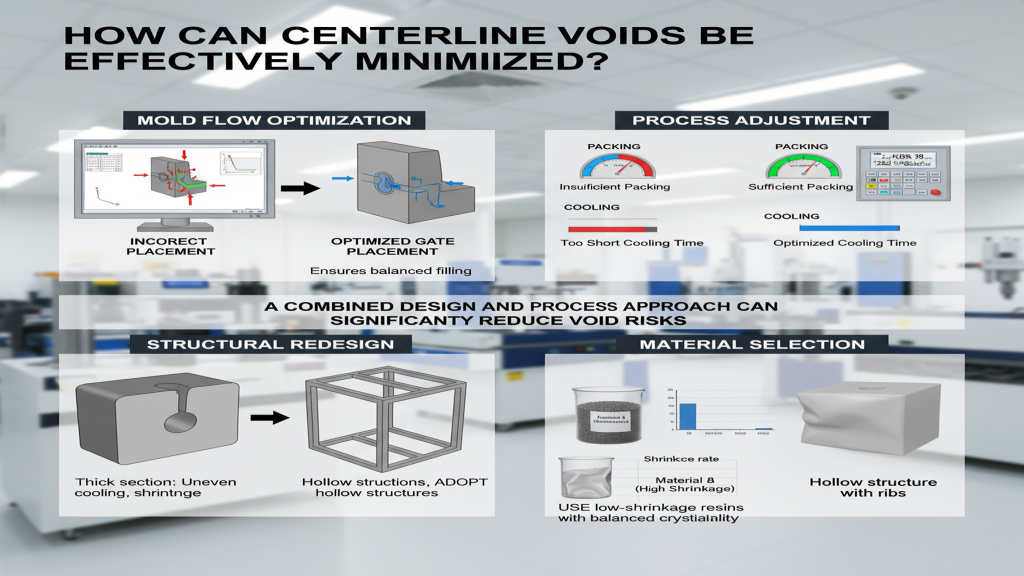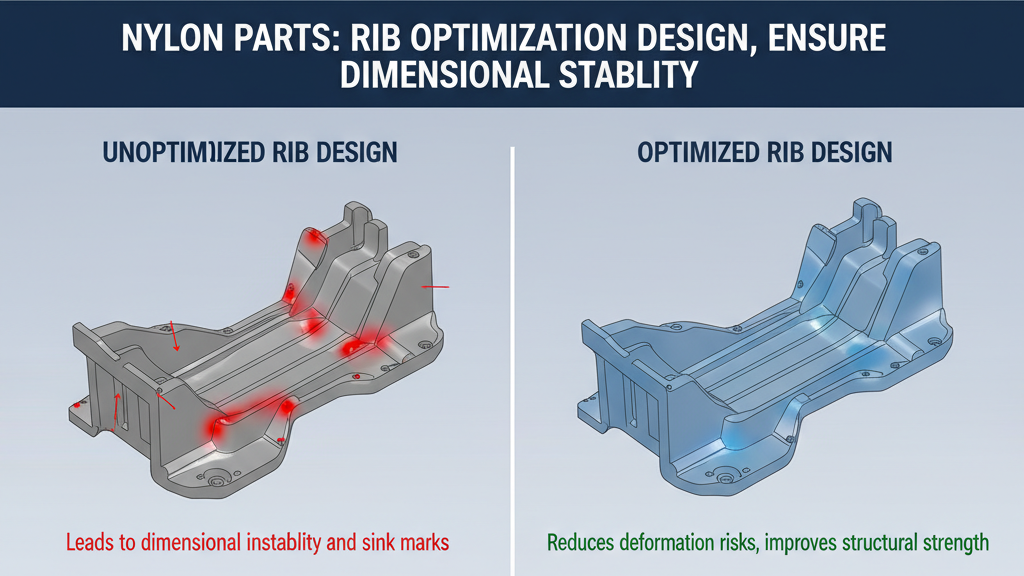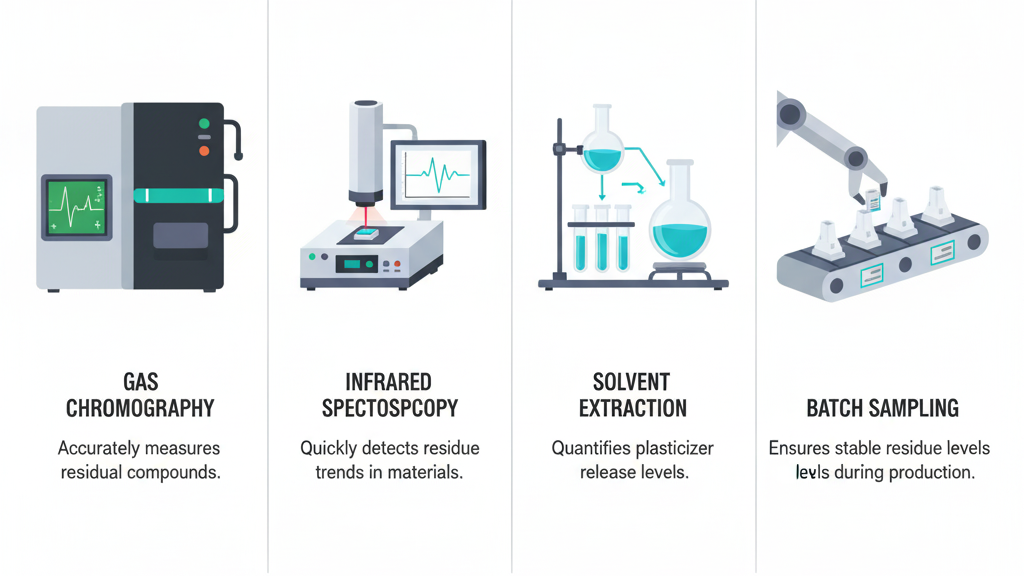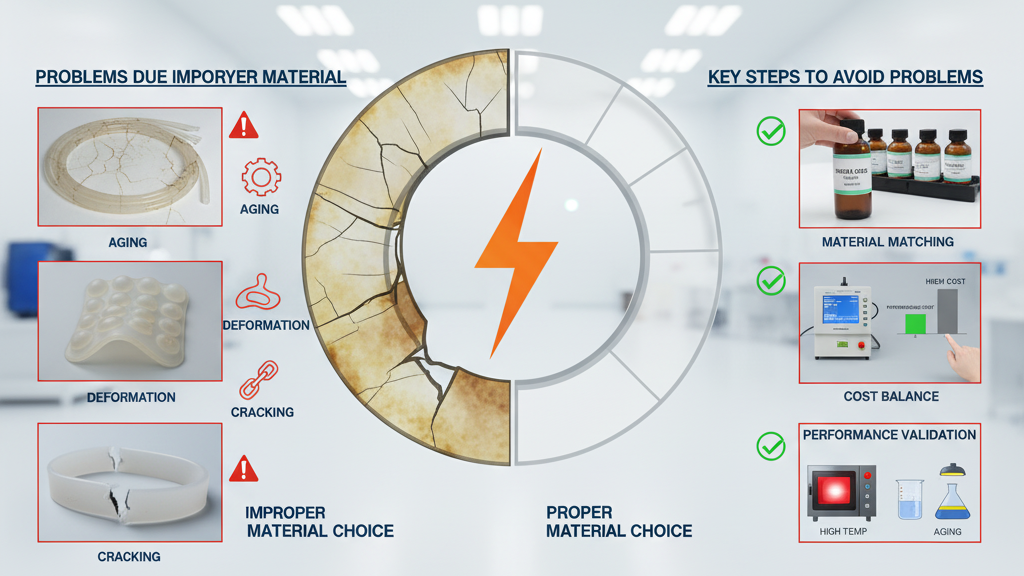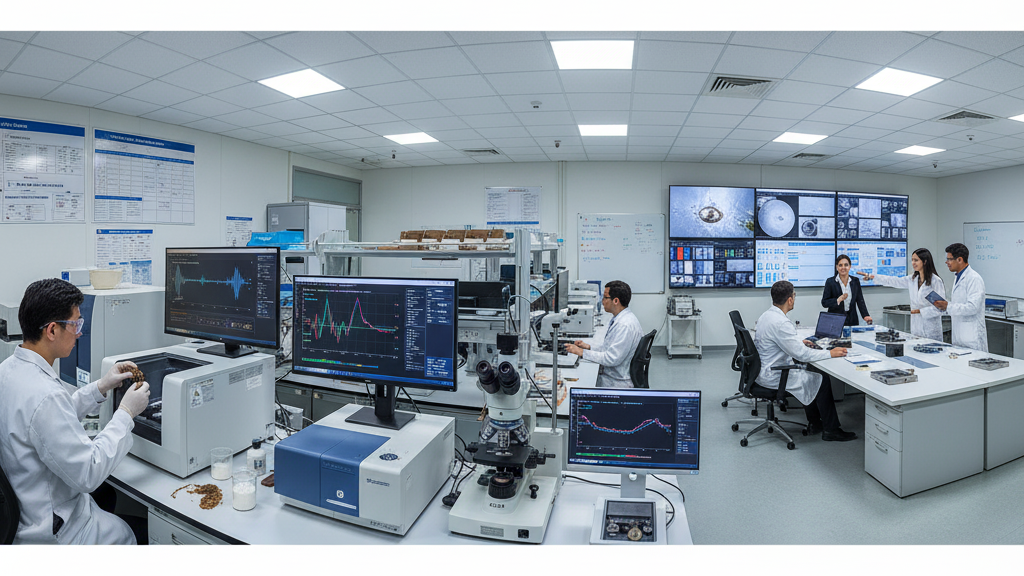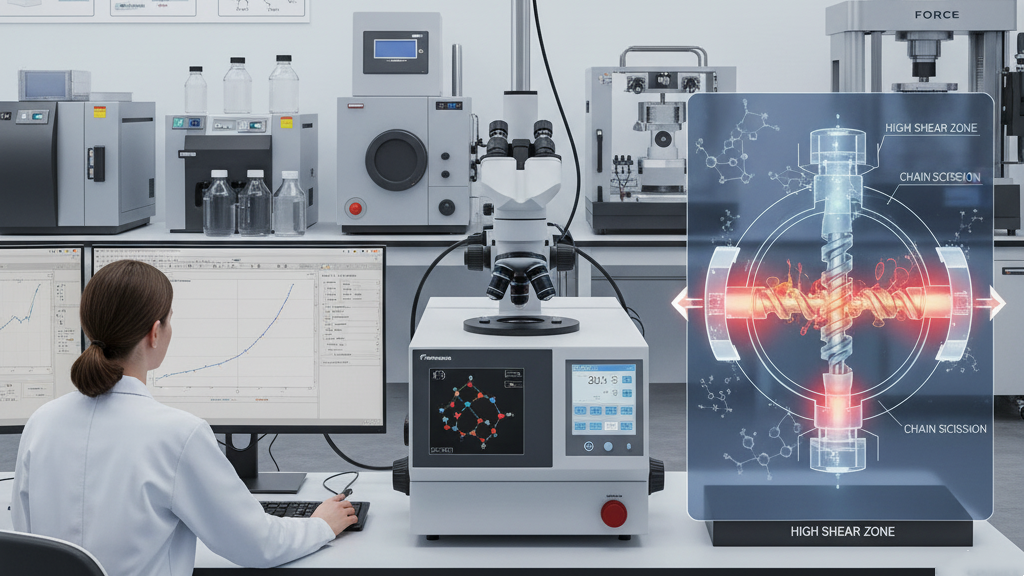
ABS plastic is widely used, but safety is paramount. Flame retardancy is a key indicator for selection. With a plethora of options in the market, how can you make a wise decision? This article will analyze key factors to help you choose the right flame retardant ABS.
After understanding the importance of flame retardant ABS, we need to delve into the key factors that affect performance. These factors are related to the flame retardant effect of the material and the product lifespan. Mastering these will help you make more informed choices.
What is flame retardant ABS?

ABS plastic is widely used due to its diverse physical properties. With the increasing awareness of safety, the flammability of ordinary ABS in specific environments has become an issue that cannot be ignored. Flame retardant ABS significantly improves the fire resistance of ABS through special material modification.
- Definition of Flame Retardant ABS: Flame retardant ABS is modified on the basis of ordinary ABS to give it the ability to delay flame spread and self-extinguish.
- ABS Plastic: Ordinary ABS is flammable, while flame retardant ABS improves fire resistance by adding flame retardants.
- Flame Retardant Principle: Flame retardant ABS achieves flame retardant effects through mechanisms such as gas phase, condensed phase, and endothermic action.
- Types of Flame Retardants: Flame retardants include halogen-based, phosphorus-based, and inorganic flame retardants, each with its own advantages and disadvantages.
What are the key factors affecting the performance of flame retardant ABS?

We often need to select flame retardant ABS with specific properties according to different scenarios and requirements. Therefore, understanding the factors affecting its performance can help us better optimize material selection and ensure that the product achieves the best balance in safety and performance.
- Flame Retardant: The type and amount of flame retardant added are the core determinants of the flame retardant effect.
- ABS Resin: The type and performance of ABS resin affect the dispersion of the flame retardant and the flame retardant effect.
- Processing Technology: Processing technology parameters directly affect the dispersion of the flame retardant and the final performance of the material.
- Testing Standards: Different testing standards will determine the flame retardancy rating obtained from testing.
How to choose suitable flame retardant according to needs?
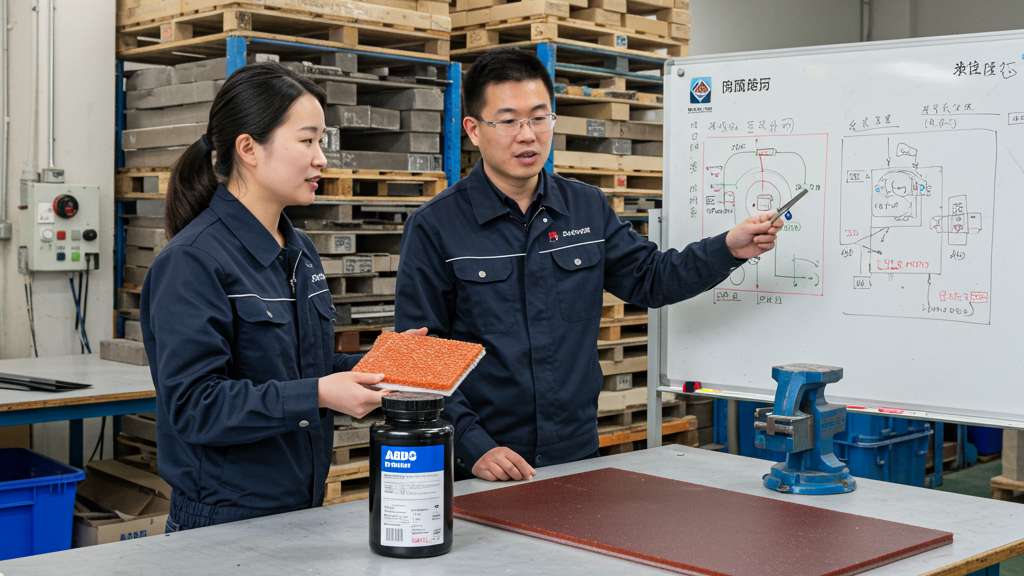
The selection of flame retardant ABS is not a one-size-fits-all approach, but needs to be customized according to specific application scenarios and requirements. Different products and environments have different requirements for flame retardant performance, mechanical properties, and appearance. Therefore, understanding how to choose the right flame retardant ABS according to your needs is crucial.
- Definition of Flame Retardant ABS: Determine the required flame retardancy rating and performance requirements based on different application scenarios such as electronics, appliances, automobiles, or construction.
- Material Performance: Comprehensively consider the material requirements in terms of flame retardancy, mechanical properties, thermal properties, processing properties, and appearance.
- Environmental Protection and Cost: On the premise of meeting performance requirements, choose environmentally friendly and cost-effective flame retardant ABS materials.
- Supplier: Choose a qualified, reputable supplier who can provide technical support and after-sales service.
Reference for selection of flame retardant ABS materials
| Application Scenario | Flame Retardancy Requirement | Mechanical Performance Requirement | Thermal Performance Requirement | Appearance Requirement |
|---|---|---|---|---|
| Electronics & Appliances | UL94 V-0/V-1 | High Impact Resistance, High Strength | Good Heat Resistance | Uniform Color, Smooth Surface |
| Automotive Industry | FMVSS 302 | High Toughness, Wear Resistance | High Temperature & Cold Resistance | Stable Color, Scratch Resistance |
| Construction Sector | GB 8624 B1/B2 | High Strength, Durability | Weather Resistance, Fireproof | Diverse Colors, Easy Processing |
| Home Appliances | UL94 V-2/V-1 | Moderate Impact Resistance, Durable | Good Heat Resistance | Aesthetic Appearance, Easy Cleaning |
Common Mistakes and Precautions When Selecting Flame Retardant ABS
Choosing the right flame retardant ABS is not an easy task. It involves a comprehensive consideration of material properties, environmental requirements, and processing technology. However, many people tend to focus only on a single indicator when selecting materials, resulting in unsatisfactory final product performance.
1.Ignoring Comprehensive Performance: Focusing only on the flame retardancy rating while neglecting other key indicators such as mechanical and thermal properties.
2.Misunderstanding Environmental Friendliness: Not all flame retardant ABS materials are environmentally friendly. Pay attention to the type of flame retardant and environmental standards.
3.Blindly Pursuing Low Cost: Low cost may lead to unstable quality and safety hazards. A balance between cost and quality should be achieved.
4.Selecting the Appropriate Flame Retardant: Consider environmental protection and cost, and avoid using harmful flame retardants.
Conclusion
In practical applications, performance requirements vary with the scenario, such as electronics, appliances, automobiles, and construction. Choose reliable suppliers and conduct necessary testing to ensure the material is safe and reliable. Comprehensively consider performance, environmental protection, and cost to make an informed decision.
For expert assistance in implementing for your production needs, visit our resource center or contact us. Let’s help you scale up your manufacturing with precision and efficiency!

